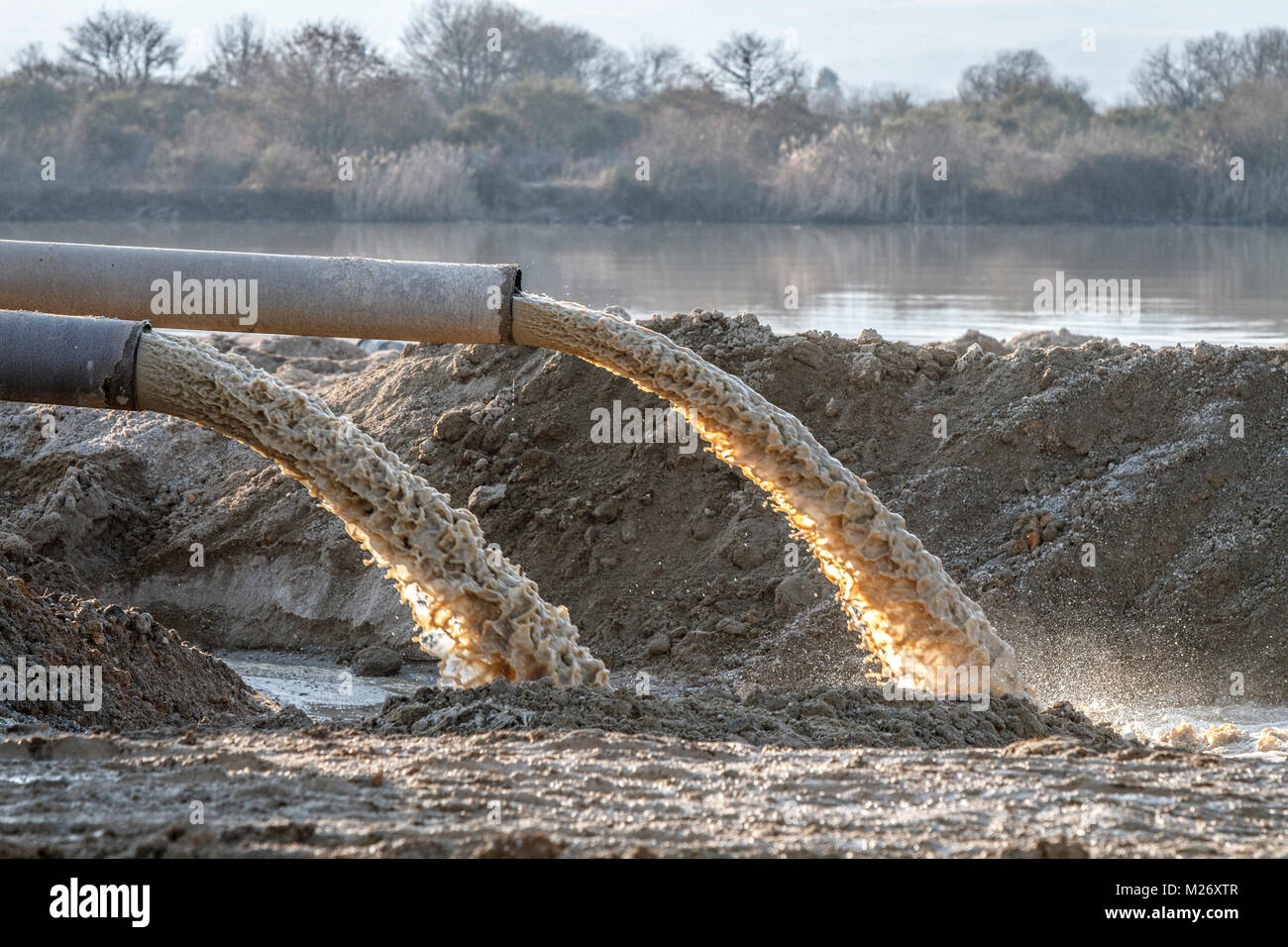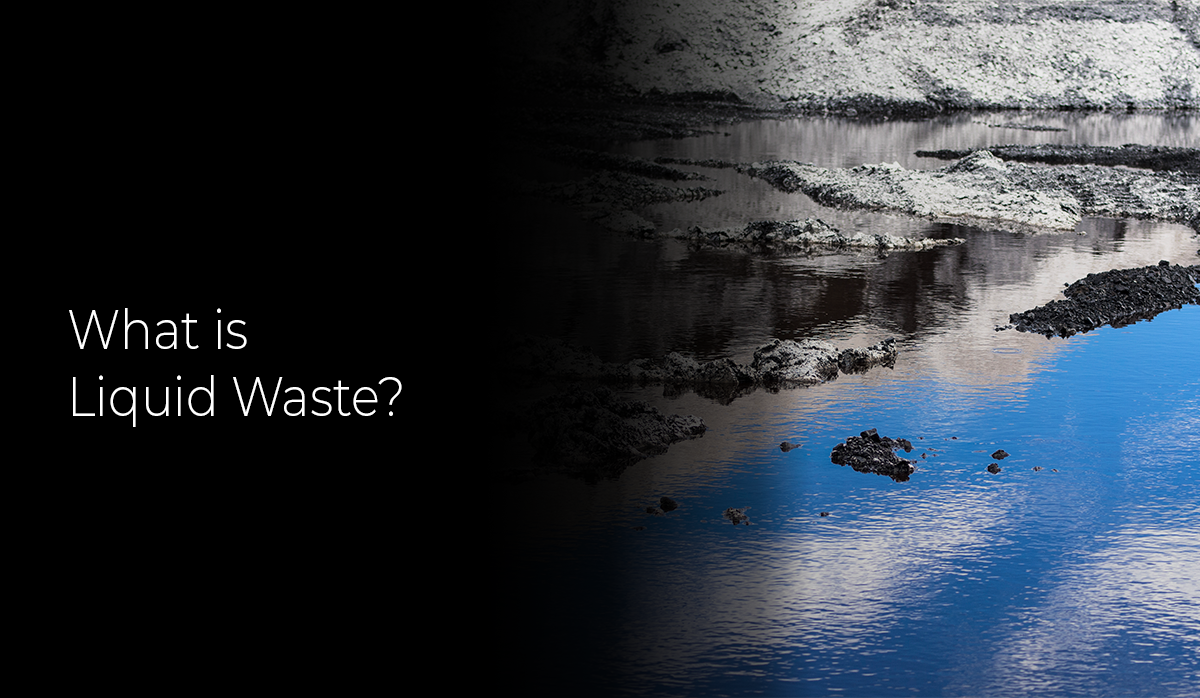Comprehending the Comprehensive Refine of Fluid Waste Disposal: Finest Practices and Environmental Influence Considerations
The monitoring of liquid waste disposal is a multifaceted issue that calls for a complete understanding of various finest methods and their connected environmental impacts. From the kinds of fluid waste generated to the methods utilized for collection, treatment, and last disposal, each step plays an essential role in securing environments and public health and wellness. As regulatory criteria progress and innovation advances, the conversation around these processes ends up being increasingly relevant. What ramifications do these modifications hold for future sustainability initiatives, and exactly how can stakeholders make sure that they are sufficiently resolved?
Sorts Of Fluid Waste
Understanding the various kinds of liquid waste is important for reliable monitoring and disposal methods. Liquid waste can be broadly classified into a number of kinds, each needing special handling and treatment strategies.
Industrial fluid waste often contains harmful products, including hefty metals, solvents, and chemicals, created throughout producing processes. These wastes necessitate rigorous regulatory compliance to secure human health and wellness and the environment. Residential liquid waste largely refers to wastewater generated from households, including sewage and greywater, which, although less harmful, can still position substantial dangers if improperly handled.
Agricultural fluid waste, including runoff from farms, frequently contains fertilizers and chemicals that can cause ecological degradation otherwise dealt with sufficiently. Clinical liquid waste, produced from medical care facilities, includes polluted fluids such as bodily fluids and chemicals, requiring specialized disposal techniques to stop infection and ecological contamination.
Last but not least, oil and oil waste, generally generated by dining establishments and auto markets, can cause extreme blockages in drain systems otherwise handled appropriately. Comprehending these classifications assists in targeted methods for treatment, conformity with policies, and efficient disposal techniques, inevitably promoting ecological sustainability and public health and wellness safety and security.

Collection Methods
Effective collection methods are critical for the appropriate management of liquid waste, guaranteeing that it is gathered safely and efficiently before therapy or disposal. Numerous methods are utilized depending upon the kind of fluid waste produced, the volume, and the specific characteristics of the waste.
One common approach is using specialized collection storage tanks or sumps, which are designed to catch liquid waste at the source. These systems typically incorporate pumps that help with the transfer of waste to larger storage space containers or treatment centers. Furthermore, mobile collection systems furnished with vacuum cleaner modern technology are employed in situations where waste is generated intermittently or in hard-to-reach places.
For industrial settings, closed-loop systems can properly minimize leakages and spills, enabling the healing and reuse of fluid waste. It is also necessary to train employees on correct collection methods to alleviate threats related to hazardous substances.
Additionally, implementing routine maintenance timetables for collection devices guarantees optimum performance and safety. The combination of sophisticated monitoring systems can enhance collection performance by supplying real-time data on waste levels and potential risks. On the whole, effective collection techniques are foundational to sustainable fluid waste monitoring practices.
Therapy Procedures
Therapy procedures play an important duty in the management of fluid waste, transforming potentially dangerous materials right into recyclable sources or safe effluents - liquid waste disposal. These processes can be extensively classified into physical, chemical, and organic approaches, each tailored to deal with details impurities present in the waste stream
Physical treatment approaches, such as sedimentation and filtration, job by eliminating put on hold solids and particle matter. These methods are frequently the initial step in the treatment chain, effectively decreasing the lots on succeeding procedures. Chemical therapies involve using reagents to reduce the effects of hazardous substances, speed up heavy steels, or oxidize natural pollutants, consequently boosting the security of the effluent.
Biological therapy processes, consisting of activated sludge systems and anaerobic digestion, take advantage of the all-natural capabilities of bacteria to break down organic matter. These approaches are especially efficient for wastewater having naturally degradable contaminants. Advanced therapy modern technologies, such as membrane purification and advanced oxidation processes, are progressively used to accomplish greater degrees of purification.
Including a mix of these treatment techniques not just ensures compliance with regulatory requirements but likewise advertises ecological sustainability by recouping valuable sources from liquid waste.
Disposal Options
How can companies ensure the accountable and risk-free disposal of fluid waste? Reliable disposal options are important for protecting public wellness and the atmosphere. The main approaches consist of land disposal, incineration, and treatment followed by discharge right into community wastewater systems.
Land disposal involves the cautious control of liquid waste in assigned garbage dumps, ensuring that it does not seep into bordering soil or water. Incineration, on the other best site hand, topics fluid waste to high temperatures, converting it into ash and gases, which require correct purification to decrease discharges. This method appropriates for unsafe wastes that can not be dealt with through traditional ways.
In cases where fluid waste can be treated, organizations might choose biological or chemical treatment procedures to counteract hazardous parts prior to discharging the dealt with effluent into municipal systems. This course normally straightens with regulative requirements, making certain that the effluent fulfills security criteria.
Inevitably, organizations have to conduct complete analyses of each disposal option to identify its feasibility, taking into consideration elements such as waste make-up, regulatory conformity, and potential dangers to health and wellness and the environment. By choosing proper disposal techniques, companies can contribute to a responsible waste administration technique.
Environmental Influence
The ecological influence of fluid waste disposal is an essential consideration for companies seeking to lessen their environmental impact. Incorrect disposal techniques can cause considerable contamination of water resources, dirt deterioration, and adverse effects on neighborhood communities. As an example, unsafe fluids can seep right into groundwater, presenting dangers to drinking water materials and water life. Furthermore, the discharge of untreated or inadequately treated waste check out here right into surface waters can cause eutrophication, leading to oxygen exhaustion and the subsequent death of fish and other organisms.

To alleviate these impacts, organizations need to take on ideal methods such as carrying out rigorous waste treatment processes, promoting recycling and reuse, and sticking to regulative standards. By taking an aggressive technique to liquid waste management, entities can considerably minimize their ecological footprint while supporting lasting growth objectives. Ultimately, an extensive understanding of the environmental impacts related to liquid waste disposal is essential for informed decision-making and responsible stewardship of natural deposits.
Conclusion
Effective management of fluid waste is vital for safeguarding environmental honesty and public health and wellness. Inevitably, a comprehensive understanding of liquid waste disposal not just minimizes ecological impacts yet likewise promotes a dedication to liable resource monitoring and environmental stewardship.
The monitoring of fluid waste disposal is a complex issue that calls for a thorough understanding of numerous ideal techniques and their linked environmental influences. From the kinds of fluid waste created to the approaches utilized for collection, therapy, and final disposal, each step plays an important role in protecting ecosystems and public health.The environmental impact of fluid waste disposal is a critical factor to consider for organizations seeking to lessen their ecological impact. see this site Ultimately, an extensive understanding of the ecological impacts associated with fluid waste disposal is necessary for informed decision-making and responsible stewardship of natural resources.
Eventually, a comprehensive understanding of fluid waste disposal not only mitigates ecological influences however additionally cultivates a commitment to accountable resource administration and ecological stewardship.